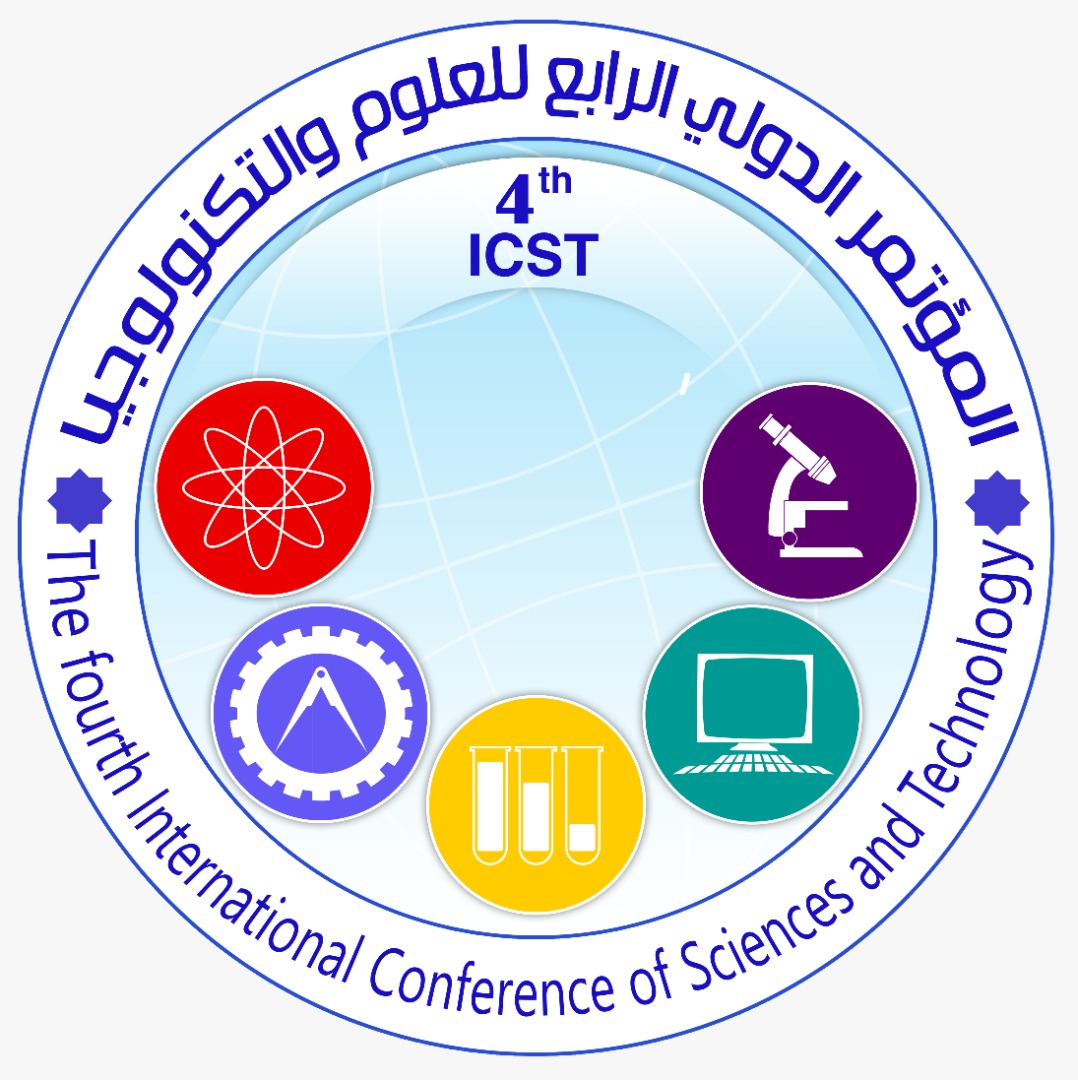Analysis Approach Development of Transport Phenomena for Engineers in Industry: basic concepts and advanced solving techniques
Abstract
Applied Mathematical representation Phenomena Sciences in Engineering development is related to the knowledge advances of different areas of Chemical Engineering and other engineering fields. The advances in mathematical analysis and the computer tools in Transport Phenomena help solve complex problems involving momentum, heat, and mass transfer. Transport Phenomena applied to the engineering teaching process presents unique challenges regarding the complexity of biological material and how it changes during the application of different transformation or preservation treatments. Therefore, studying the basic concepts of Transport Phenomena and their applications to analyze, predict, and design any process is essential in advancing industrial Engineering. This paper presents some of those fundamental concepts of recent applications and research orientations. Several critical elements of numerical analysis are profiled in COMSOL Multiphysics with 0-D, 1-D, 2-D, and 3D models. These elements are root-finding, ordinary and partial differential equations, and linear system analysis. These methods underly nearly all problem-solving techniques by numerical analysis for chemical engineering applications. COMSOL Multiphysics is illustrated concerning some typical applications in chemical engineering.
Full text article
Authors
Copyright (c) 2021 Journal of Pure & Applied Sciences

This work is licensed under a Creative Commons Attribution 4.0 International License.
In a brief statement, the rights relate to the publication and distribution of research published in the journal of the University of Sebha where authors who have published their articles in the journal of the university of Sebha should how they can use or distribute their articles. They reserve all their rights to the published works, such as (but not limited to) the following rights:
- Copyright and other property rights related to the article, such as patent rights.
- Research published in the journal of the University of Sebha and used in its future works, including lectures and books, the right to reproduce articles for their own purposes, and the right to self-archive their articles.
- The right to enter a separate article, or for a non-exclusive distribution of their article with an acknowledgment of its initial publication in the journal of Sebha University.
Privacy Statement The names and e-mail addresses entered on the Sabha University Journal site will be used for the aforementioned purposes only and for which they were used.





